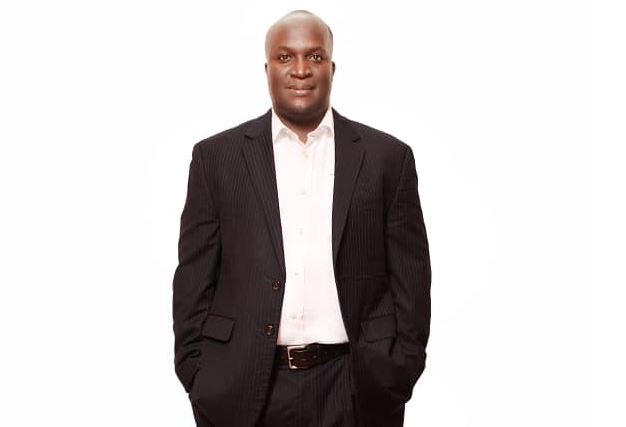
KAMPALA – On January 2nd, 2022, the president of the Republic of Uganda assented to The National Social Security Fund (Amendment) Act of 2021. What caught the public eye and enlisted ferocious debates in many forums was the Mid-term Access that allowed those that have saved for 10 years and were 45 years or older to access 20% of their savings. However, before I dig into this let me give a summary of the winners and losers in the bill.
The winners in this amendment are NSSF for the increased scope of coverage for the fact that all employers and employees are now eligible to contribute to the fund. This is going to dramatically increase coverage and may double the fund membership and funds under management in the next 4 years. The fact that now NSSF can manage the funds for investment purposes internally is also a win. The Government is also a winner in its efforts to mobilize domestic resources since historically more than 80% of the mobilized funds are lent to the government in the form of treasury bills and bonds.
The losers are several: The Main losers are Ugandan Business Owners and employers. The cost of a full-time staff has just increased by up to 20% and many will look for ways on how to deal with this. We are going to see the emergency of independent contractors that are doing jobs that used to be full time jobs inside organizations. If you add this to the emergency of the Work-from-home phenomenon caused by the Covid Pandemic, self-employment numbers are going to go up substantially. Therefore, finding a formal job with all the benefits like NSSF contributions is going to become even harder (as if it wasn’t already hard). So, workers that can function independently and still deliver stellar results will be in high demand. Of course, this amendment is a big threat to the sub-contracting industry for business in cleaning services, security, outside catering, construction services etc. As a player in this space, I already know how squeezed the margins are and it’s now going to get hotter.
The other losers will be Uganda’s Fund managers that will lose their biggest client in the market. Some may even close shop as it has happened over the last years when we saw the exit of African Alliance, Pinebridge and others. This is not good for the economy and for passive investors as it reduces choice and the competition in the fund management industry.
In the grand scheme of things, businesses will pass on this cost on their consumers and those that fail to do so will have to close. This will lead to a higher cost of production and hence increase in price of goods and services.
Now let me turn to the carrot that is NSSF midterm access.
If you qualify for Mid-term access, only access your funds if you have a reasonably fail proof way to invest the money. It should not be for school fees or consumption. This money was meant for retirement (retirement now is expected to last some 30 years) and therefore if you access your money, also think long term. I know your emotions will fight your logic (head) but don’t give in. In most cases you will need to consult a financial advisor as you weigh your options. Don’t hesitate to get in touch.
The key question most people have is whether to take the money or to leave it with NSSF. As a Financial (and social security insider in this country: – I sit on The Social Security Technical Committee of the Ministry of Gender), I know NSSF is well run and has posted some impressive returns to its members. So, know it’s not easy to beat the returns NSSF offers on your savings. However, this biggest case to access the 20% Mid-term access is the issue of diversification. If all that you have in retirement savings is with NSSF and 80% of it is Government Paper (Treasury Bills and Bonds) then it makes sense to access the 20% and invest it somewhere else.
The challenge we have in a small economy like Uganda is where to invest. I generally list it under 4 categories: Government Paper, Long-term savings Plans/Unit Trusts/Insurance backed savings Plans, Business and Real Estate. If you decide to exercise your Mid-term access, then it’s only the last two that make sense. However, the choice will depend on your financial situation, age, market dynamics, experience, healthy condition, expected life expectancy, age bracket of your children and many others. Therefore, I say you need the service of a financial advisor to optimize your decision.
In a nutshell my advice is take the money but invest long term and for the lucky few it will be real estate that makes sense especially if you have enough to build a rental (muzigo) or some well-located Apartments.
Livingstone Mukasa, is a Financial Advisor/Lead Business Trainer for Living Business Education and CEO/Co-Founder, Four One Financial Services Limited. He is also fondly referred to as “The People’s Professor of Streetnomics” and He has authored two Books “Investing for the Future” and “The Great Financial Rebuild”.
Livingstone Mukasa is the CEO/Co-Founder, Four One Financial Services Limited





